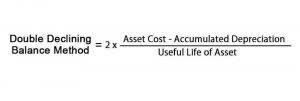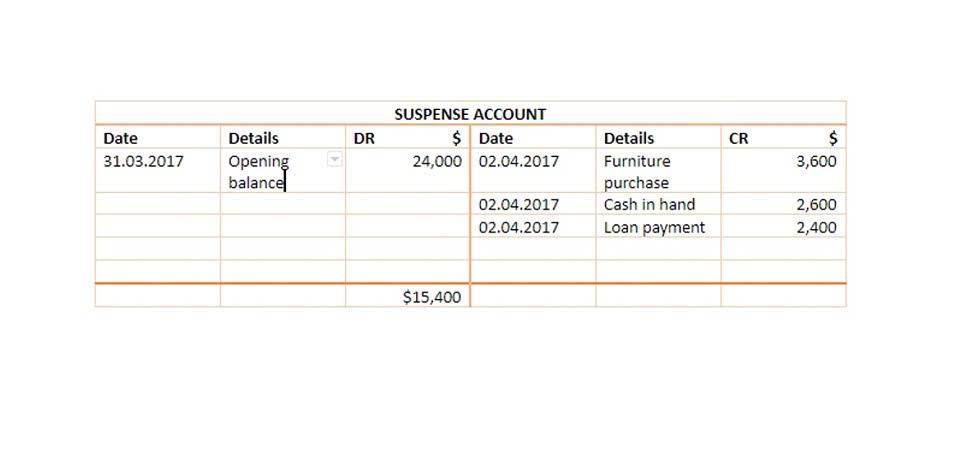Content
- Major Changes Coming in 2022 to §174 Deduction of Research Expenses
- IAS 16 — Stripping costs in the production phase of a mine
- Create a free account to unlock this Template
- Accounting for Research and Development Costs (Issued 10/
- Everything You Need To Master Financial Modeling
- Economic Impact of Canceling Amortization
- Initial recognition: research and development costs
- R&D Accounting

R&D spending can vary widely from one year to another, which has a significant impact on a company’s profitability. Many businesses in the technology, healthcare, consumer discretionary, energy, and industrial sectors experience this problem. There are many things companies can do in order to advance in their industries and the overall market. Research and development is just one way they can set themselves apart from their competition. But it does come with some drawbacks—the most obvious being the financial cost and the time it takes to innovate.

Many businesses in the commercial world spend vast amounts of money, on an annual basis, on the research and development of products and services. These entities do this with the intention of developing a product or service that will, in future periods, provide significant amounts of income for years to come. After estimating the economic life of an asset with a life of seven years, a company would then amortize the capitalized R&D expenses equally over the seven-year life. In the example below, we will assume the amortization of the asset uses the straight-line approach. The amortizable life will differ from asset to asset and reflects the economic life of the various products. R&D amortization for a mobile phone company, however, should be amortized much faster (a smaller number of years) since new phones tend to emerge much more quickly and, thus, come with shorter shelf lives.
Major Changes Coming in 2022 to §174 Deduction of Research Expenses
These are only some of the possible areas of impact of the Sec. 174 change that CPAs can help affected business clients identify. Taxpayers should consider the impact of this Section 174 provisions on the computation of the limitation on the interest deduction under Section 163(j). The term “supplies” means any tangible property other than land or improvements to land, and property of a character subject to the allowance for depreciation. As defined in Section 3401(a), the accounting for r&d term “wages” means all remuneration for services performed by an employee for his employer (i.e., Form W-2, Box 1 amount). For self-employed individuals and owner-employees, the term “wages” includes the earned income (i.e., net earnings) of such employee. Upgrading to a paid membership gives you access to our extensive collection of plug-and-play Templates designed to power your performance—as well as CFI’s full course catalog and accredited Certification Programs.
Additional economic output over the budget window, due to the larger capital stock, would provide an additional $19.9 billion in dynamic revenue. As a result, canceling the amortization of research and development costs https://www.bookstime.com/articles/what-are-t-accounts would reduce federal revenue by $99.2 billion between 2019 and 2028 on a dynamic basis. In the long run, revenues will be about $2 billion lower each year than they otherwise would have been on a dynamic basis.
IAS 16 — Stripping costs in the production phase of a mine
The general problem for companies is that future benefits from research and development are uncertain to be realized, and therefore R&D expenditures cannot be capitalized. Accounting standards require companies to expense all research and development expenditures as incurred. However, in the case of an M&A transaction, the R&D expenses of the target company may sometimes be capitalized as part of goodwill, because the acquirer can recognize the fair value of the R&D assets. The R&D costs are included in the company’s operating expenses and are usually reflected in its income statement.

Expenses incurred for acquisition of software are either capitalized or amortized over 36 months beginning with the month the software is placed in service. The cost of leasing or renting software for use in the taxpayer’s trade or business is deductible as an ordinary business expense. The expensing and amortization elections are intended to encourage research and experimental activities and eliminate uncertainty regarding the tax treatment of R&E costs. A taxpayer that does not make any election must capitalize R&E expenses and deduct them through depreciation or amortization. According to the Financial Accounting Standards Board, or FASB, generally accepted accounting principles, or GAAP, require that most research and development costs be expensed in the current period. However, companies may capitalize some software research and development, or R&D, costs.
Create a free account to unlock this Template
The regulations define these expenditures as all such costs incident to the development or improvement of a product, process, formula, invention, computer software, or technique. Second, while expensing is more attractive from a cash flow standpoint, some companies may not be able to or want to fully expense research and development costs. Companies in a loss position do not get the full benefit of an upfront deduction and must carry forward those deductions into future years when they could get a deduction. In addition, some companies choose to amortize research and development expenses. Additionally, if an R&E project is abandoned, then the taxpayer must continue to capitalize and amortize those costs over the five-or 15-year period. This could create a burden on certain taxpayers who have a short product development lifecycle and taxpayers who rely on significant participation from individuals outside of the U.S.
Under ASC Topic 740, the federal financial income tax expense will increase, since the temporary book-tax difference for R&E expenditures will become more unfavorable. In addition, both short-term and long-term deferred tax asset accounts should increase for taxpayers with significant R&E expenditures. Still further, any business interest deduction under Sec. 163(j) or charitable contributions will further impact the effective tax rate and deferred tax assets. The requirement to amortize R&E expenditures rather than fully expensing them in the year they are paid or incurred will likely increase federal taxable income. For states that leverage components of the federal income tax return, this could increase the tax liability at the state level. Additionally, while many states employ a rolling conformity with the IRC, there are states that adopt the IRC as of a static date and do not currently follow the new Section 174 rules.
Applied research entails the activities used to gain knowledge with a specific goal in mind. The activities may be to determine and develop new products, policies, or operational processes. While basic research is time-consuming, applied research is painstaking and more costly because of its detailed and complex nature. It facilitates innovation, allowing companies to improve existing products and services or by letting them develop new ones to bring to the market. Companies that set up and employ departments dedicated entirely to R&D commit substantial capital to the effort. They must estimate the risk-adjusted return on their R&D expenditures, which inevitably involves risk of capital.
Given the rapid rate of technological advancement, R&D is important for companies to stay competitive. Specifically, R&D allows companies to create products that are difficult for their competitors to replicate. Meanwhile, R&D efforts can lead to improved productivity that helps increase margins, further creating an edge in outpacing competitors.
コメント